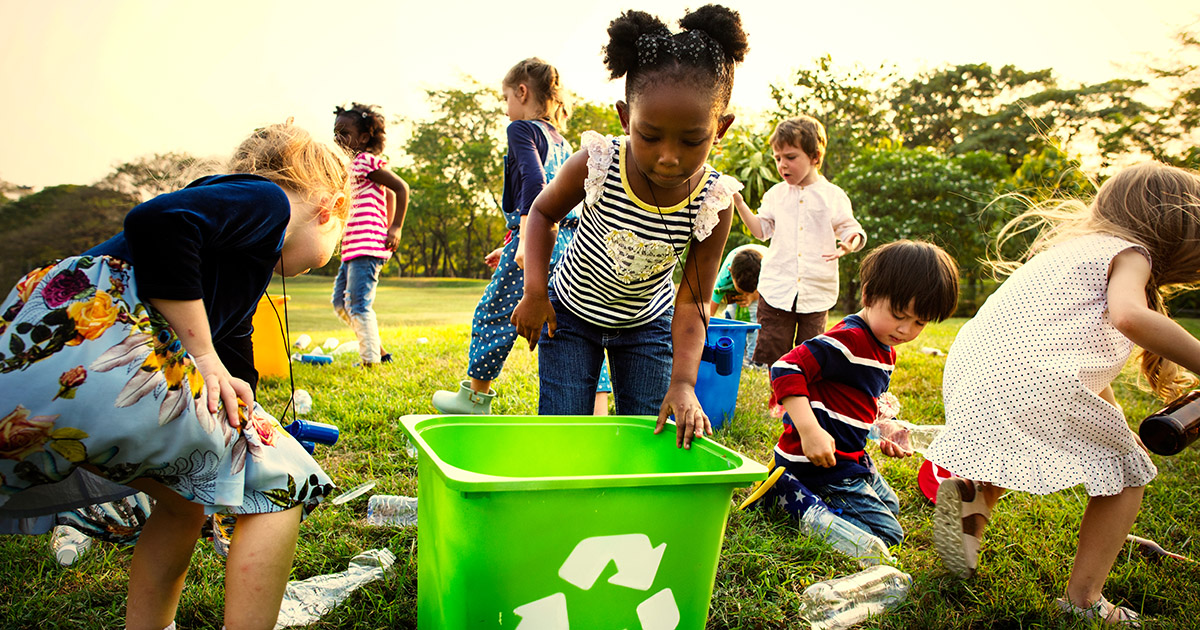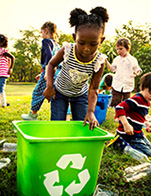Advancing Equity Through Service Learning
Building on Strengths Students Have Gained After a Year of Turmoil

 In March of 2020, the COVID-19 pandemic struck the United States. Every part of America has been affected while its existing inequities have been both highlighted and worsened. Without minimizing the damage this pandemic has inflicted on many families, this brief from MDRC, the Alliance for Excellent Education, and the Education Trust reminds educational leaders that many students have also grown tremendously from the events they have experienced. As schools prepare to welcome some or all students back to in-person learning, educators are focused on helping young people rebound as fast as possible. Educational leaders now have the opportunity and the federal resources (from the American Rescue Plan) to make schools more healing and empowering spaces, and to commit to supporting their students socially, emotionally, and academically. In addition to addressing the harms of the past year through interventions, educators can use this opportunity to improve educational systems, shifting deficit-based structures and practices to strength-based approaches. Research has shown that academic success is entwined with social and emotional learning and well-being, and that students are far more likely to engage fully in activities when they call on and develop their strengths, rather than focus on their deficits.
In March of 2020, the COVID-19 pandemic struck the United States. Every part of America has been affected while its existing inequities have been both highlighted and worsened. Without minimizing the damage this pandemic has inflicted on many families, this brief from MDRC, the Alliance for Excellent Education, and the Education Trust reminds educational leaders that many students have also grown tremendously from the events they have experienced. As schools prepare to welcome some or all students back to in-person learning, educators are focused on helping young people rebound as fast as possible. Educational leaders now have the opportunity and the federal resources (from the American Rescue Plan) to make schools more healing and empowering spaces, and to commit to supporting their students socially, emotionally, and academically. In addition to addressing the harms of the past year through interventions, educators can use this opportunity to improve educational systems, shifting deficit-based structures and practices to strength-based approaches. Research has shown that academic success is entwined with social and emotional learning and well-being, and that students are far more likely to engage fully in activities when they call on and develop their strengths, rather than focus on their deficits.
Service learning is one such strength-based strategy that warrants serious attention from today’s educators. Educator Heather Wolpert-Gawron defines it simply as one where “students learn educational standards through tackling real-life problems in their communities,” of which there are now more, and of which students are now likely to be more aware. Service-learning projects address real community problems using the skills students have and those they are taught, while also intentionally deepening students’ academic, social, and emotional skills. The engagement with their communities also enhances their civic awareness. Thus, service learning is an opportunity to foster the strengths and assets students have built over the past year, and, as presented in this brief, it provides proven social, emotional, and academic benefits to students. Yet service learning has not been given much attention in the current discussion of the postlockdown school environment.
This brief discusses how schools can put in place service learning to build on the skills and heightened community awareness students have developed through the difficulties of the past year. The next section describes the types of life skills students developed over this turbulent year. The following section describes what service learning is, how it builds on students’ strengths, and how it can enhance equity. The next two sections present evidence about service learning’s prevalence and effects, followed by the main implementation challenges and facilitating factors. The brief ends with a brief conclusion arguing that some of districts’ COVID-19 recovery money should be earmarked now to build the infrastructure to provide this equity-promoting, evidence-based educational strategy.






